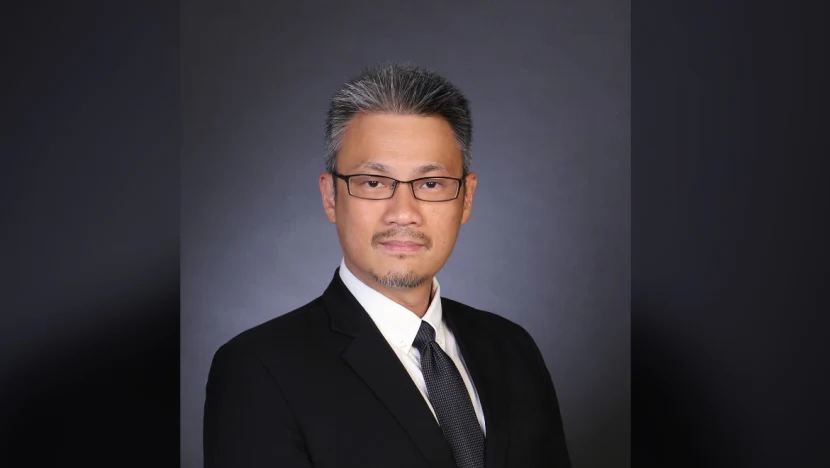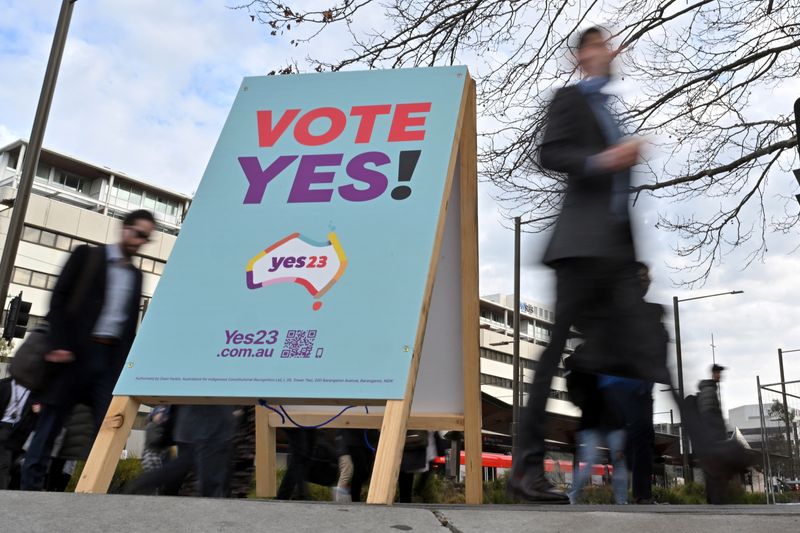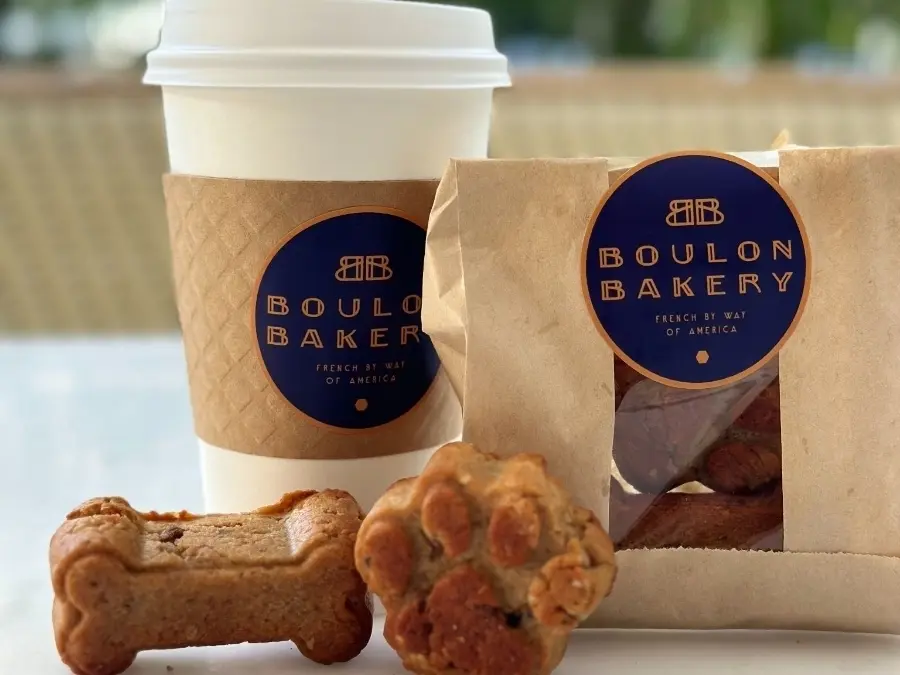The Unexpected Plastic Puzzle. Back in ’93, Richard Thompson stumbled onto something wild during a beach cleanup on the Isle of Man. While everyone else picked up the usual suspects like bottles and bags, he spotted thousands of super small, colorful bits that looked just like sand. But these bits didn’t fit into any category on their cleanup checklist.
Turns out, these tiny pieces were the real MVPs of beach litter, even though they were too small to show up on any record. Thompson got hooked on these minuscule particles and made them his main jam.

Beach Adventures and Lab Shenanigans
For the next decade, when he wasn’t teaching marine biology, Thompson was beach-hopping like a pro. With his students’ help, he collected sand samples, convinced that these teeny specks were everywhere along the UK coast. Back in the lab, jackpot! He confirmed they were actually plastic, tiny enough to match sand grains, marking a whole new level of pollution that got him seriously curious.
Enter ‘Microplastics’
Plastic Puzzle. In 2004, Thompson and Prof Andrea Russell coined the term ‘microplastics’ in a quick study. He had this hunch that plastic, once it hit the sea, broke down into these small, tough pieces that spread like wildfire. That one-pager blew up unexpectedly.
The media latched onto the story, spreading it like wildfire across the UK, Europe, Asia, and even landing in the Canadian parliament. Russell’s experiments backed up Thompson’s claims, sparking a whole wave of microplastics research.
Impacts and Curveballs
Plastic Puzzle. Thompson’s mic-drop moment led to actions like taxes on plastic bags and bans on microplastics in cosmetics. But it also opened up a whole new can of worms—researchers started digging into nanoplastics, even tinier bits sneaking into our bodies.
From Scientist to ‘Godfather’
Thompson’s role evolved—he went from being a regular scientist to the ‘godfather of microplastics.’ He set up research hubs and became the go-to advisor for policymakers, all about the dangers of ocean litter. Lately, he’s been knee-deep in drafting a global deal to tackle plastic pollution.
Debunking Plastic Myths
Despite the treaty buzz, Thompson’s not sold on the solutions being tossed around. He’s dead set that biodegradable plastic ain’t the hero here, and simply cleaning up won’t cut it. He’s worried that if we go down the wrong path, we’ll just make the microplastics mess worse.
How It All Went Wrong
Thompson’s all about unraveling unintended consequences. Plastic was supposed to be a sustainable alternative, but then it became the king of single-use packaging, pumping out a crazy 8 million tonnes into the ocean every year. And guess what? That number’s only going up.
Plastic, The Eternal Foe
Plastic’s super stubborn. Those microplastics? They’re from big plastic stuff breaking down over time, sticking around for decades. Plus, they’re like sponges, soaking up all sorts of nasty stuff that ends up in marine animals.
The Wake-Up Call
Thompson’s 2004 paper was a game-changer. It made people finally realize just how much plastic was hanging out in our oceans. Edward Carpenter, another scientist, had seen bits of floating plastic ages ago, way before Thompson’s big find.
The Never-Ending Quest
Thompson didn’t stop there. He proved that sea critters chow down on these tiny plastic bits. His research showed these bits are everywhere—from the Arctic to beaches all over.
Richard Thompson’s journey from a simple beach clean to uncovering the microplastics mess is a reminder that sometimes, the tiniest things can reveal a massive environmental crisis. It’s a wake-up call to rethink how we deal with plastic pollution.



